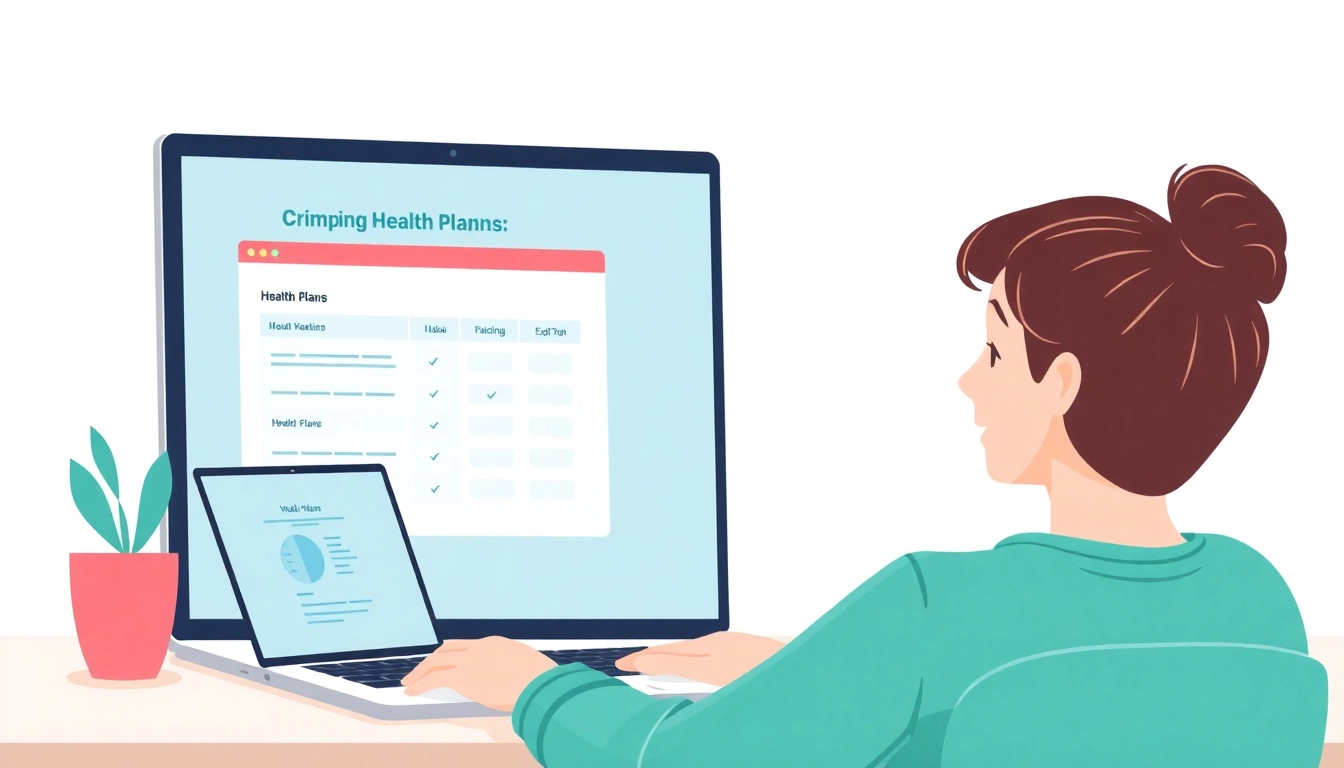
Turning 26 is a pivotal moment for health coverage. If you’re aging out of a parental plan, you’ll want options that combine reliability with affordable costs. For a concise overview of your options, you can explore Health Insurance options for 26 year old and then tailor a plan that fits your life stage. This guide expands on what to consider, how to compare plans, and practical steps to secure continuous coverage.
Understanding Turning 26 and Your Coverage Options
26 basics and timelines
Most health plans offer dependent coverage through age 26. Once you turn 26, you’ll typically need to select a new plan to avoid gaps in coverage. Depending on your insurer, you may qualify for a Special Enrollment Period that lets you enroll outside the standard open enrollment window. It’s important to verify your coverage end date with your current provider and act quickly to secure a seamless transition.
Grace periods and enrollment windows explained
Grace periods are not guaranteed and vary by plan. Some plans provide a short grace period after your birthday, but others do not. Relying on a grace period alone can lead to a lapse in coverage, so plan ahead and confirm the enrollment timeline with your carrier.
Steps to assess your life stage and coverage needs
Assessing your situation involves: current health needs, expected medical expenses, whether you anticipate ongoing medications, and your eligibility for subsidies. If you’re in school, employed, or pursuing freelance work, your options shift between ACA Marketplace plans, employer-sponsored coverage, or private insurance. The goal is to balance premiums, deductibles, and out-of-pocket costs with the level of protection you require.
Paths to Coverage After 26: Plans and Pathways
Health Insurance options for 26 year old: ACA Marketplace vs Employer plans
ACA Marketplace plans offer income-based subsidies that can significantly reduce monthly costs, especially for young adults in entry-level jobs. Employer-sponsored plans are often convenient and may be more affordable when your employer covers a portion of the premium. Both routes provide essential protections, but you should compare plan networks, benefits, and premiums rather than assuming one path is always best.
Comparing premiums, deductibles, and benefits
When evaluating options, look beyond the monthly premium. Consider deductibles, copayments, coinsurance, out-of-pocket maximums, and the breadth of covered services. A plan with a higher premium but substantially lower out-of-pocket costs can be cheaper over the year if you expect to need care. Also check whether preventive services are covered at no cost and if your preferred doctors and hospitals are in-network.
Transition options: Short-term and private plans
Short-term medical plans can fill gaps during a transition, but they typically do not meet ACA minimum essential coverage and may exclude preexisting conditions. Private and COBRA options exist as bridge solutions, yet they may be costlier and offer narrower benefits. Use these as temporary options only while you finalize a long-term plan through the Marketplace, your employer, or a private carrier.
Financial Help and Subsidies to Make Coverage Affordable
Subsidies and Tax Credits for Health Insurance options for 26 year old
Subsidies and premium tax credits can dramatically lower monthly costs under ACA Marketplace plans, depending on income and household size. Subsidies adjust with income fluctuations, so even a small change can affect eligibility. Always recalculate during enrollment to maximize savings.
Income-based eligibility and state variations
Subsidy availability and state-specific rules vary. Some states run their own marketplace programs with additional supports, while others rely on the federal exchange. It’s essential to check state details and understand how income levels translate to plan subsidies in your area.
Estimating total costs: premium, out-of-pocket, and subsidies
To estimate annual costs, combine the guaranteed premium with expected out-of-pocket costs for a typical year, then apply any subsidies. This approach reveals the true cost of each option and helps avoid surprises when medical needs arise.
Grace Periods, Enrollment Changes, and Keeping Coverage
Grace period realities
Grace periods vary; some plans provide limited or no grace time after turning 26. Always confirm with your insurer, as a lapse can affect your ability to re-enroll promptly.
Special enrollment timing and consequences
Losing parental coverage generally triggers a Special Enrollment Period. Missing the SEP can delay coverage until the next open enrollment, potentially leaving you uninsured during a gap. Plan ahead and gather required documentation to enroll quickly.
Maintaining continuous coverage across transitions
Continuity is easier when you align your enrollment with fixed dates, use your Plan Finder Tool to compare options, and prepare documents in advance. Aim for overlapping coverage during the switch to avoid any lapse in benefits.
Plan Finder Tool and Next Steps: Take Action
Using Plan Finder Tool for Health Insurance options for 26 year old
Our Plan Finder helps you compare ACA Marketplace plans, employer options, and private plans side by side. It highlights subsidies, total costs, and the benefits that matter most to you, streamlining decision-making during a key transition.
Documents to prepare and steps to enroll
Prepare your Social Security number, date of birth, income verification, and employer information if applicable. Gather ID and proof of residence as required by the enrollment platform. Start early, confirm end dates of current coverage, and complete enrollment within your chosen window.
FAQs, common pitfalls, and next steps
Common pitfalls include assuming coverage remains automatic after 26, not checking in-network providers, and overlooking subsidies. If you’re unsure, schedule a consultation to review your specific circumstances and identify the most affordable, comprehensive path to coverage.





